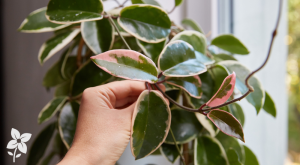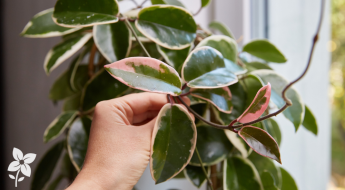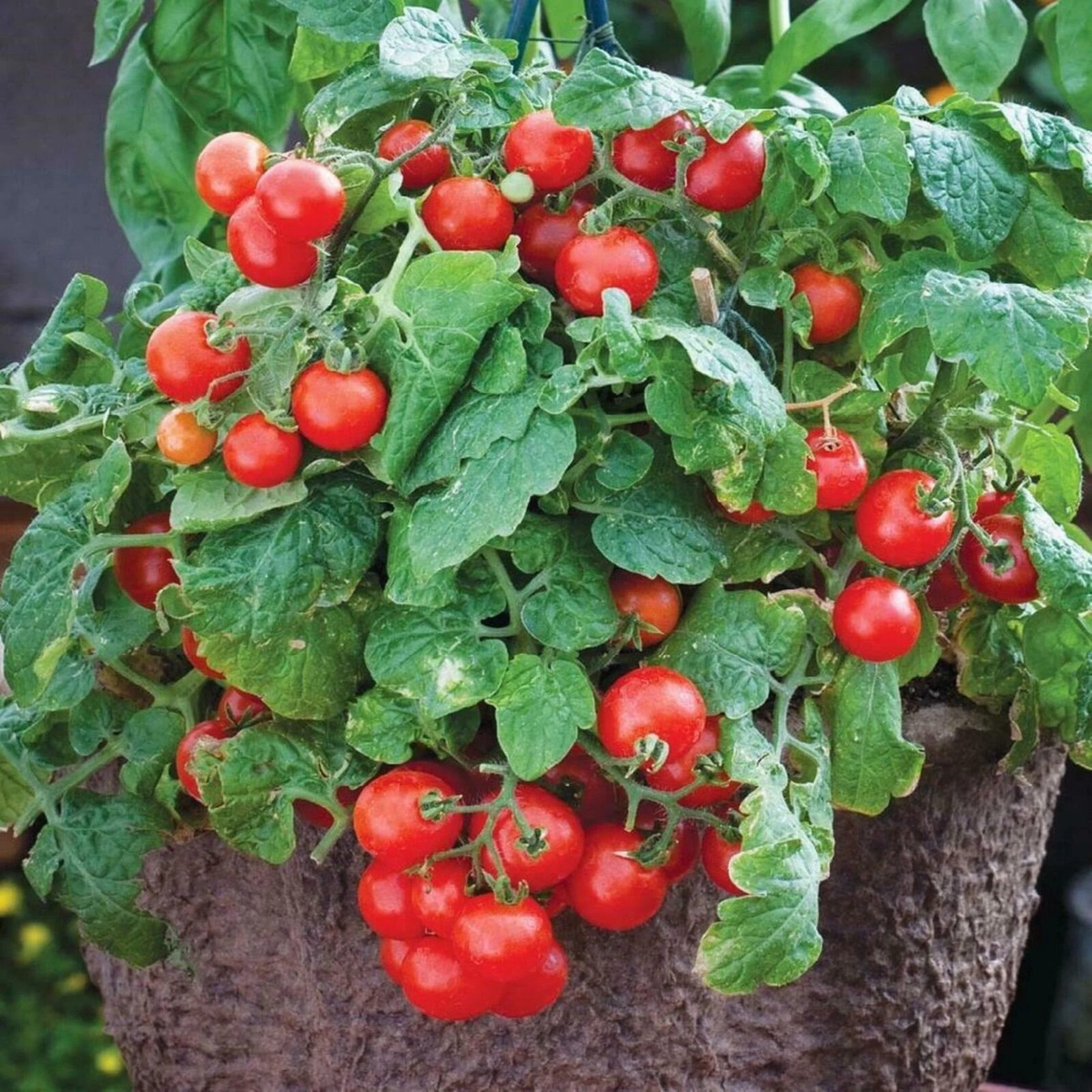
Growing tomatoes is a beloved pastime for many gardeners, but even the most seasoned green thumb can encounter a few bumps along the way. Let’s explore some common tomato troubles and how to tackle them, ensuring a healthy, bountiful harvest.
Blossom End Rot
One of the most common issues tomato growers face is blossom end rot. This condition manifests as a dark, sunken spot on the blossom end of the fruit. It’s often caused by calcium deficiency in the plant, which can be exacerbated by irregular watering.
Prevention and Treatment:
Consistent Watering: Maintain even soil moisture to help the plant uptake calcium.
Mulching: Mulch around the base of your plants to retain soil moisture.
Calcium Supplements: Use calcium-rich fertilizers or add crushed eggshells to the soil.
For more details, check out our comprehensive guide on Blossom End Rot: Identification and Prevention.
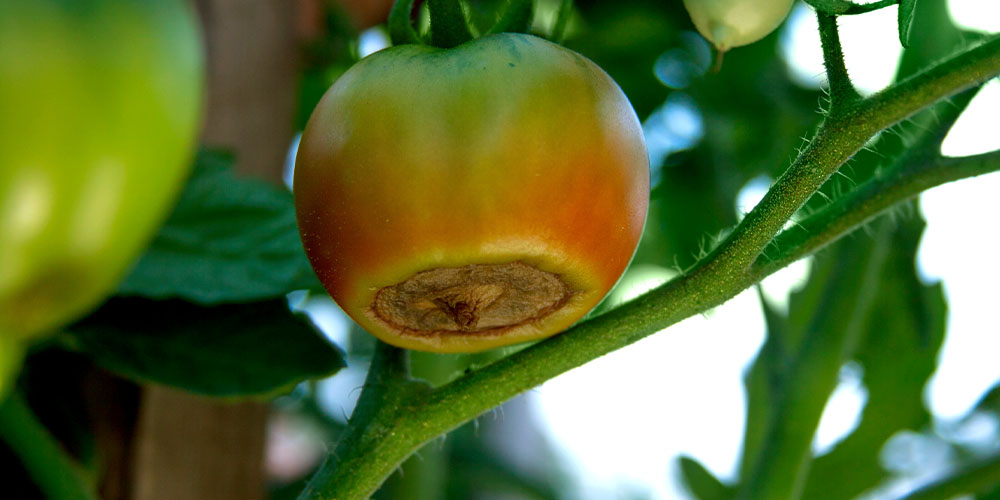
Cracking and Splitting
Tomato cracking occurs when the fruit’s skin splits open, often due to fluctuations in watering or heavy rain. This not only affects the fruit’s appearance but can also invite pests and diseases.
Prevention and Treatment:
Regular Watering: Water your tomatoes consistently, especially during dry spells.
Mulching: Again, mulching helps keep the soil moisture level steady.
Harvesting: Pick tomatoes as soon as they ripen to avoid over-maturation on the vine.

Yellowing Leaves
Yellow leaves on your tomato plants can be a sign of several issues, from nutrient deficiencies to diseases.
Possible Causes and Solutions:
Nutrient Deficiency: A lack of nitrogen often causes yellowing. Use a balanced fertilizer to address this.
Watering Issues: Both overwatering and underwatering can lead to yellow leaves. Ensure your plants have consistent moisture.
Pests and Diseases: Check for signs of pests like aphids or diseases like fusarium wilt. Remove affected leaves and treat with appropriate remedies.
Poor Fruit Set
Sometimes, your tomato plants might flower but fail to produce fruit. This can be due to several factors, including temperature extremes, lack of pollination, or nutrient imbalances.
Prevention and Treatment:
Temperature Control: Provide shade during extreme heat and protect plants during cold snaps.
Pollination: Encourage pollinators like bees by planting flowers nearby. You can also gently shake the plants to aid in pollen distribution.
Balanced Fertilization: Ensure your plants have the right nutrients, particularly phosphorus and potassium.
For a detailed guide on maintaining healthy tomatoes, refer to our Tomato Maintenance Checklist for May.
Too Many Tomatoes?
Having an abundance of tomatoes can be both a blessing and a challenge. If you find yourself swimming in tomatoes, don’t worry—we’ve got you covered!
Solutions:
Preservation: Learn the best methods for preserving your harvest with our guide on Too Many Tomatoes? Hilarious Lessons from First-Time Gardeners.
Cooking: Explore delicious recipes to make the most of your bounty in How to Cook with Tomatoes: The Best Recipes for Gardeners.
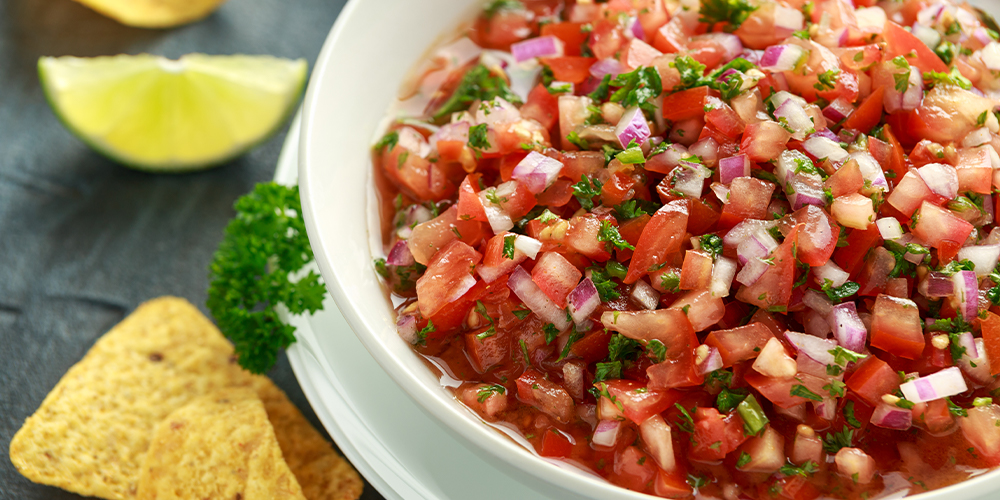
Tomatoes are a rewarding yet sometimes challenging crop to grow. By understanding and addressing common issues, you can enjoy a healthy, productive tomato harvest. For a complete guide on growing tomatoes, including starting from seed, training, and selecting the best varieties, check out our articles on Growing Tomatoes from Seed, Training Tomatoes: A Crash Course for Beginners, and The Best Tomatoes for Every Recipe.
Happy gardening, and may your tomatoes thrive!

